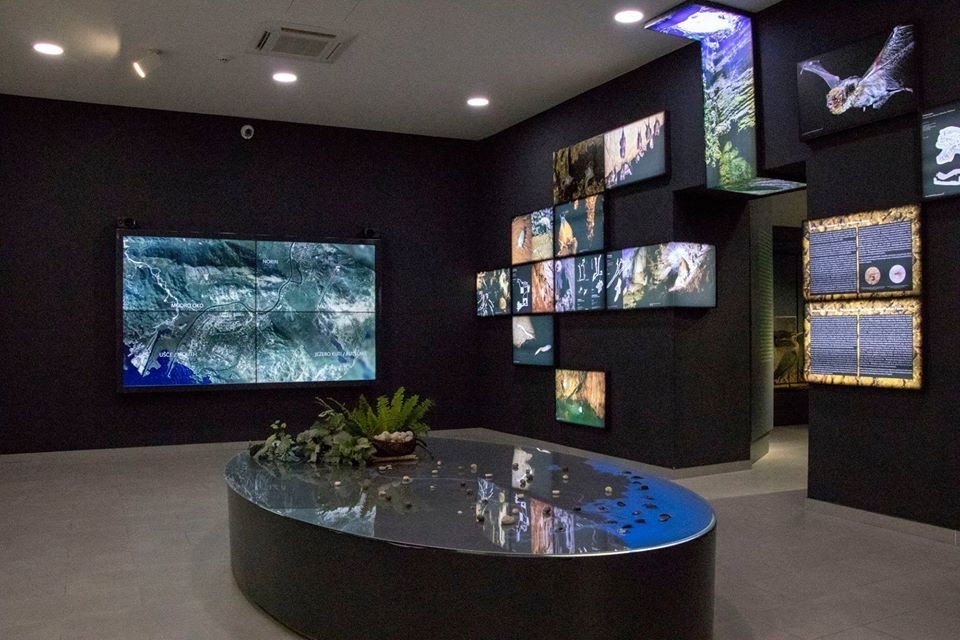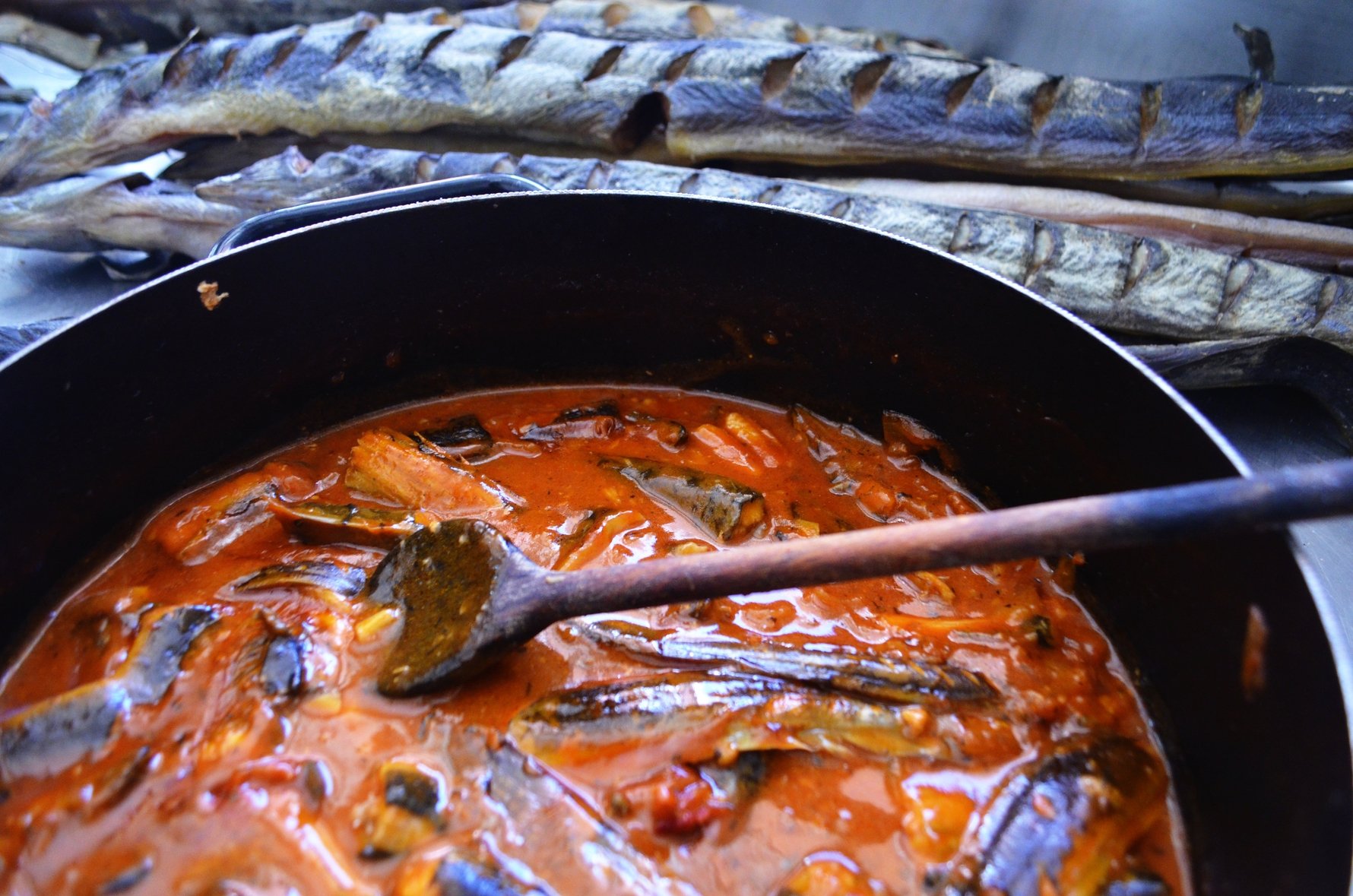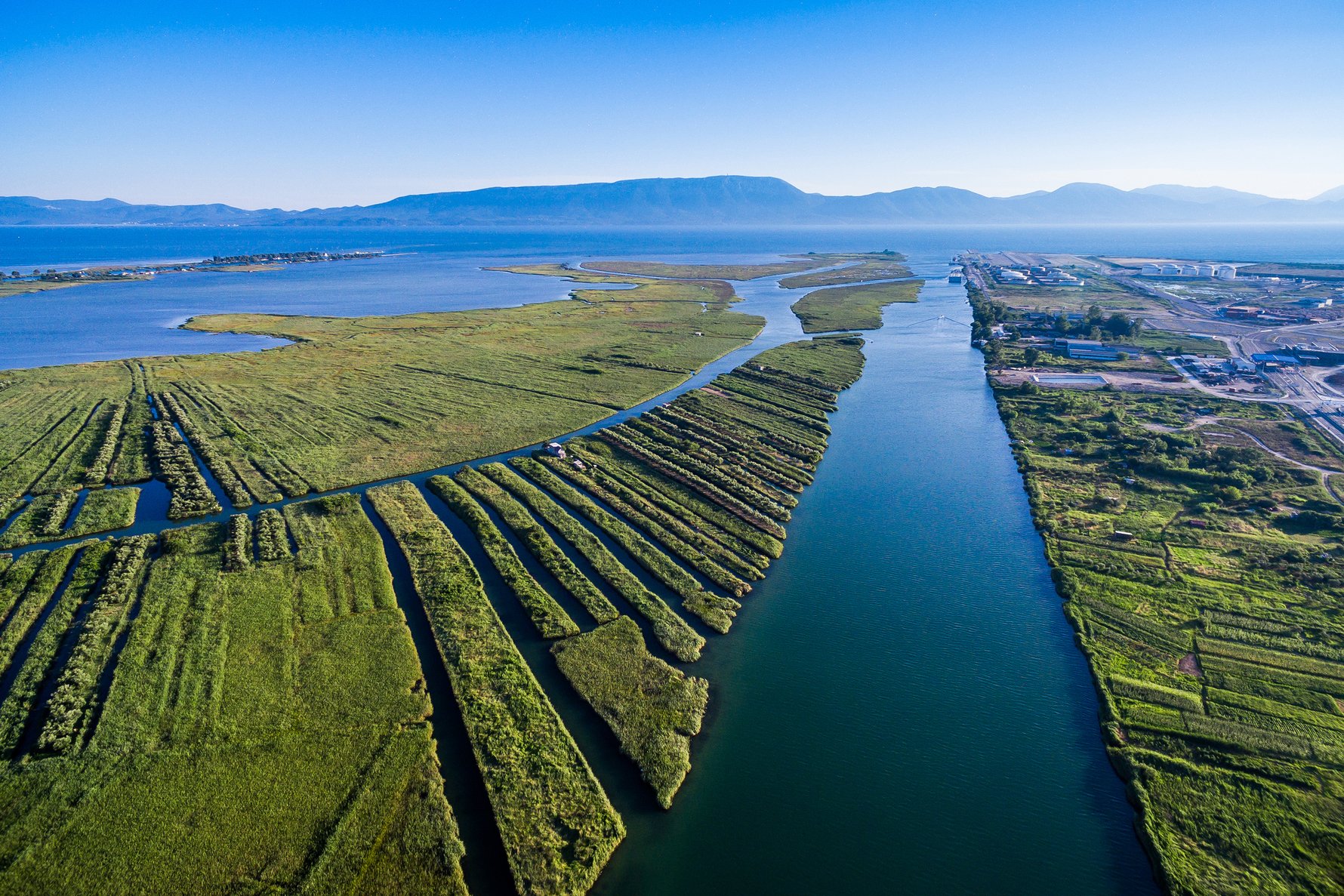As the coastal road approaches the Neretva Delta from the north there’s a tourist association-sponsored sign hovering above the Magistrala. “The Valley of Life”, it says. Looking down on the valley, with its lush green strips of cultivated land, it’s easy to see why. Formerly an extensive reedy swamp, it has largely been transformed into Croatia’s principal region for the cultivation of citrus fruits. The delta remains primarily a wetland environment; the orchard areas are criss-crossed by irrigation channels, while densely-reeded areas of marshland encroach on the scene from the sides.
Natural History Museum
The delta remains an extraordinarily rich habitat for freshwater fauna and migrating birds, all of which are spectacularly showcased in the fabulous Natural History Museum (Prirodoslovni muzej) in the delta’s main town, Metković. Opened in 2016, the state-of-the-art museum retains many of the exhibits once displayed in the town’s former Ornithological Museum, a vast array of preserved birds that was said to be the third-largest such collection in Europe. The new museum injects a contemporary sense of style into the old-school stuffed-bird nature of the historic collection,with touch-screen information, sound effects (including push-button birdsong), and in one show-stopping touch, an airport-style arrivals board listing the incoming flights of migrating birds. Right up until the modern era the Neretva Delta was one vast swampland, a boggy expanse cut through by traversable waterways. The excavation of these waterways was extraordinarily physically demanding, a backbreaking job carried out by locals half-submerged in water – no wonder that rheumatic and lung complaints were endemic among the delta’s population. The sludge dredged up from the swamp bottom was piled up to create strips of cultivable land, although it wasn’t until the 20th century that the orchard agriculture for which the Delta is known really took off. For centuries before that, most of the delta’s inhabitants practiced the hillside terrace farming common to the whole of the Dalmatian seaboard. The Museum is open 09:00 - 16, Sat 09:00 - 14:00 and Sun closed.
Eat well
Frogs and eels are still the main ingredients of the local brudet; a tangy, highly-spiced stew rich in tomatoes and paprika. Brudet is at its best in checked-tablecloth taverns, the kind of places that sticks religiously to the regional culinary repertoire,but still earns enough culinary kudos to feature in Gault Millau and other gastro-guides. However they are prepared, frogs are small-boned creatures and are rather difficult to at with a knife and fork. You’ll be using your fingers sooner or later.
The Neretva delta’s channels were traditionally navigated by means of a lađa, a long shallow boat equipped with either sail or oars; or a much smaller trupa, a one-man rowing boat ideal for zipping around on fishing trips. A heavily-laden lađa could also be dragged by chain – a man would sit in the boat next to the tiller while a team of women on the riverbank dragged it along.

Neretva flora and fauna
The richness of the delta is not just a matter of squelchy treats like frogs and eels. It is also the natural home of Iris Illyrica, the wild iris famous for its fragrance that was exported all over the ancient Mediterranean as a highly valued perfume. The delta was also one of the main feeding grounds of the Dalmatian Pelican, first spotted and classified here in the 19thcentury. This migrating species is no longer seen in the Neretva because of the gradual shrinking of the swamp, and nowadays frequents the marshy stretches of the lower Danube in Bulgaria and Romania.
The Neretva still provides a permanent or temporary home to over 250 species of resident or migratory birds. It’s a hugely rewarding destination for birdwatchers, especially in winter when scoters, hen harriers, teals and blackheaded gulls make the delta their home. The Neretva swamps also provided the ideal breeding grounds for mosquitos, and were notoriously malarial. Ancient sources suggest that the Greek citizens of Korčula were forbidden from visiting
the Neretva Delta in summer for fear that they would come back feeling feverish.Fear of malaria reigned right up until the 20th century, when Prussian Carp were introduced to eat the mosquitos’ eggs.
A fruit lovers paradise
It was the Austrians (who ruled over Dalmatia from 1815 to 1918) who regulated the flow of the river, making land reclamation easier and slowly transforming the Delta into the perfect place for the cultivation of orchard fruits.Nowadays the region is famous for its mandarins, which appear in markets all over Croatia every autumn. It’s said that the first mandarins arrived in the 1930s, brought on one of the Japanese cargo boats that called at the port of Metković to pick up deliveries of wheat. Experimental plantings revealed that the mandarin was ideally suited to local conditions,
and the fruit became a mainstay of the local economy. The local microclimate has a lot to do with the fruit’s success: the winter temperature rarely drops below freezing (and when it does so it hardly ever remains below freezing for more than 48 hours, a time scale that is crucial for particular citrus fruits). Numerous strains of mandarin have been introduced in order
to lengthen the harvesting season – hardier varieties don’t have to be picked until the late autumn.
Harvesting the fruits is a labour-intensive job that involves a certain amount of care - the mandarins have to be cut individually from the branch to avoid bruising. Coming in the wake of the mandarin have been lemons, kiwi, kumquat and
even bananas – although it’s the mandarin for which the delta, and especially the mandarin-town of Opuzen midway between Metković and Ploče, remains famous. The uniqueness of the valley as a rich agricultural zone is to a
certain extent preserved by the fact that there is no big tourist resort near the river’s mouth; there is instead the port city of Ploče, with its skyline of dockside cranes, an interesting place for many reasons but one that is unlikely to detain tourists on their way south. One potential threat to the delta’s fruit-growing destiny comes from the construction of hydro-
power stations higher up the valley in Bosnia-Herzegovina. Water flow has already been restricted by the construction of upriver dams, and the relative lack of fresh water coming down the valley means that salt water from the sea stretches further and further up the river. It is fresh water, not salt water that is needed to irrigate the delta’s fruit trees, and
further changes to the delicate natural balance may well put the Valley of Life at risk.






Comments